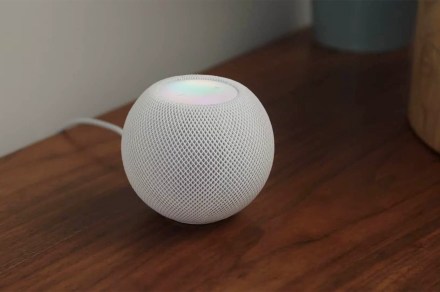
After more than 126,000 gallons (or 3,000 barrels) of crude oil spilled out of a broken pipeline in Huntington Beach, California, this weekend, the first reports on affected wildlife were released Monday. Cautiously, it’s so far, so good—but there’s still a long way to go.
Official reports say that as of Monday morning, four live oiled birds have so far been recovered from the spill. Michael Ziccardi, director of the Oiled Wildlife Care Network, a project out of University of California, Davis’s School of Veterinary Medicine, said that that was a little bit of good news.
“The number of birds found give us hope,” Ziccardi told reporters Monday. “In our initial assessment, the number of birds seems lower than feared.”
However, he said that rescue teams had observed multiple other birds affected by the spill that rescuers are currently trying to recover. One of the birds recovered by OWCN, a pelican, had to be euthanized on Sunday due to the extent of its injuries, Ziccardi said. A hotline set up for people to report oiled wildlife has received more than 300 calls, but only 20 actually involved animals that were affected. OWCN only recovers live birds, Ziccardi said, so they only rescued a few from those calls. (If you are in the area and see affected wildlife, though, the OWCN hotline is active: 1-877-823-6926.)
“First and foremost, we need people to not try to catch soiled animals,” Ziccardi said. “It’s not safe for the animals. It’s not safe for them because oil can be a toxic substance.”
G/O Media may get a commission
Birds are the wildlife most visibly affected by oil spills, Ziccardi said, but marine mammals like dolphins and whales may feel the impacts of an oil spill later. “Oftentimes external coating doesn’t affect them,” he said, but they are at risk of eating oiled prey, and their eyesight can also be damaged. Years after the BP oil spill in the Gulf of Mexico, dolphins washed up dead onshore. Their deaths were likely not directly caused by the spill, but researchers suspected the oil spill essentially caused them to have pre-existing conditions.
Huntington Beach is home to a number of endangered and threatened wildlife, including brown pelicans like the one that was euthanized. The nearby Bolsa Chica Ecological Reserve, a 1,300-acre area that provides some of the nation’s best birding, is home to 200 species of birds—many of which are now in danger thanks to the spill. In a tweet posted Saturday, Orange County Supervisor Katrina Foley said she heard from Mayor Brad Avery of Newport Beach that he’d seen dolphins swimming through oil slicks after the spill. Multiple media outlets reported that dead fish and birds washed up on shore over the weekend.
A two-mile stretch of nearby marshes is also a key route along what’s known as the Pacific Flyway, a 4,000-mile (6,400-kilometer) stretch of habitat from Alaska to Mexico that 1 billion birds migrate through each year. More than 90 species of birds use Talbert Marsh and surrounding wetlands as a stopping ground along the route. Oil booms have been deployed by the state to try and protect the critical wetlands from further damage. However, reports Monday said that an oil plume had already made its way past the first boom, showing that oil was seeping into the marsh.
The California Department of Fish and Wildlife is working with the Coast Guard, Orange County, and Amplify Energy—the company that owns the pipeline—to help wildlife and address the spill.
Correction 10/4/21, 7:48 P.M. ET: This post has been updated to clarify that 126,000 gallons, not barrels, of oil spilled.
Note: This article have been indexed to our site. We do not claim legitimacy, ownership or copyright of any of the content above. To see the article at original source Click Here













